Have you ever wondered if the trees bearing delicious fruits in your backyard can also provide high-quality wood and lumber? Well, wonder no more because we are here to enlighten you on the wonders of fruit trees that offer a bountiful harvest and sustainable materials for various woodworking projects. This article will explore ten amazing fruit trees in the Philippines that produce high-quality fruitwood and have exceptional wood properties, making them perfect for furniture, carvings, construction, and so much more.
What is Fruitwood
Fruitwood, also known as fruit tree in the Philippines, refers to trees that bear delicious fruits and provide high-quality wood and lumber. These trees offer a unique double purpose: they can satisfy our taste buds with their juicy offerings while simultaneously delivering valuable materials for woodworking projects.
In furniture making and carpentry, fruitwood is highly sought for its exceptional qualities. The wood derived from these fruit trees possesses distinct characteristics such as beautiful color variations, impressive hardness, and excellent durability. This makes them ideal for creating stunning pieces of furniture like tables, cabinets, chairs, and even intricate carvings.
One example of a popular fruit tree in the Philippines with remarkable wood properties is Molave (scientifically known as Vitex parviflora). Commonly referred to as Mulawin or Kamagong locally, this tree produces a fruit called Mabolo. Its wood showcases an attractive dark brown hue with prominent grain patterns. Known for its extreme hardness and resistance to decay, Molave wood has been used traditionally for construction purposes, such as building sturdy houses.
Another noteworthy mention is Jackfruit (known as Lanka or nangka), which offers versatile culinary possibilities and boasts excellent quality timber suitable for crafting exquisite furniture pieces. With its light yellowish-brown color and medium density, Jackfruit wood can be transformed into stunning tables, cabinets, and chairs that bring natural beauty into any space.
These are just a few examples of the many wonderful fruit trees in the Philippines that offer both delectable fruits and usable timber.
10 Fruit Trees in the Philippines with High-quality Wood
Fruit trees are not only a source of delicious and nutritious fruits but can also provide high-quality wood and lumber. In the Philippines, several fruit trees have wood with unique characteristics and can be used for various purposes.
1. Kamagong (Mabolo)
Mulawin, or Kamagong, is a fruit tree native to the Philippines. Its fruit, called Mabolo, may not be as well-known as other tropical fruits, but the wood truly sets Molave apart.
Molave wood is highly prized for its exceptional quality and hardness. It has a beautiful reddish-brown color with distinct grain patterns, making it perfect for furniture-making and high-end woodworking projects. Molave wood’s durability also makes it suitable for outdoor applications such as decking and boat building.
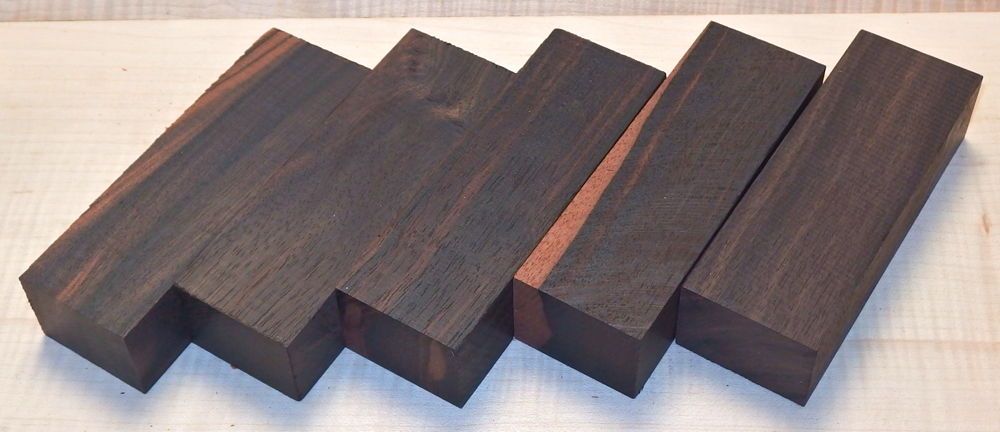
Due to its strength and resistance to decay, Molave wood is commonly used for tool handles and agricultural implements like plows. Its dense nature gives it excellent shock resistance properties, making it ideal for heavy-duty usage.
With all these incredible characteristics, it’s no wonder that Molave is considered one of the finest hardwoods in the Philippines. Whether you’re crafting exquisite furniture pieces or constructing sturdy structures, Molave wood can deliver outstanding results.
2. Jackfruit (Langka)
Jackfruit, also known as langka or nangka, is a delicious tropical fruit and a valuable source of high-quality wood. The wood derived from the jackfruit tree is highly sought for its durability and strength, making it ideal for furniture crafting.
One of the main advantages of using jackfruit wood for furniture is its ability to withstand heavy use. Whether you’re looking to create tables, cabinets, or chairs, this versatile wood will ensure that your creations stand the test of time. Its natural resistance to decay and pests further adds to its appeal as a material for furniture-making.
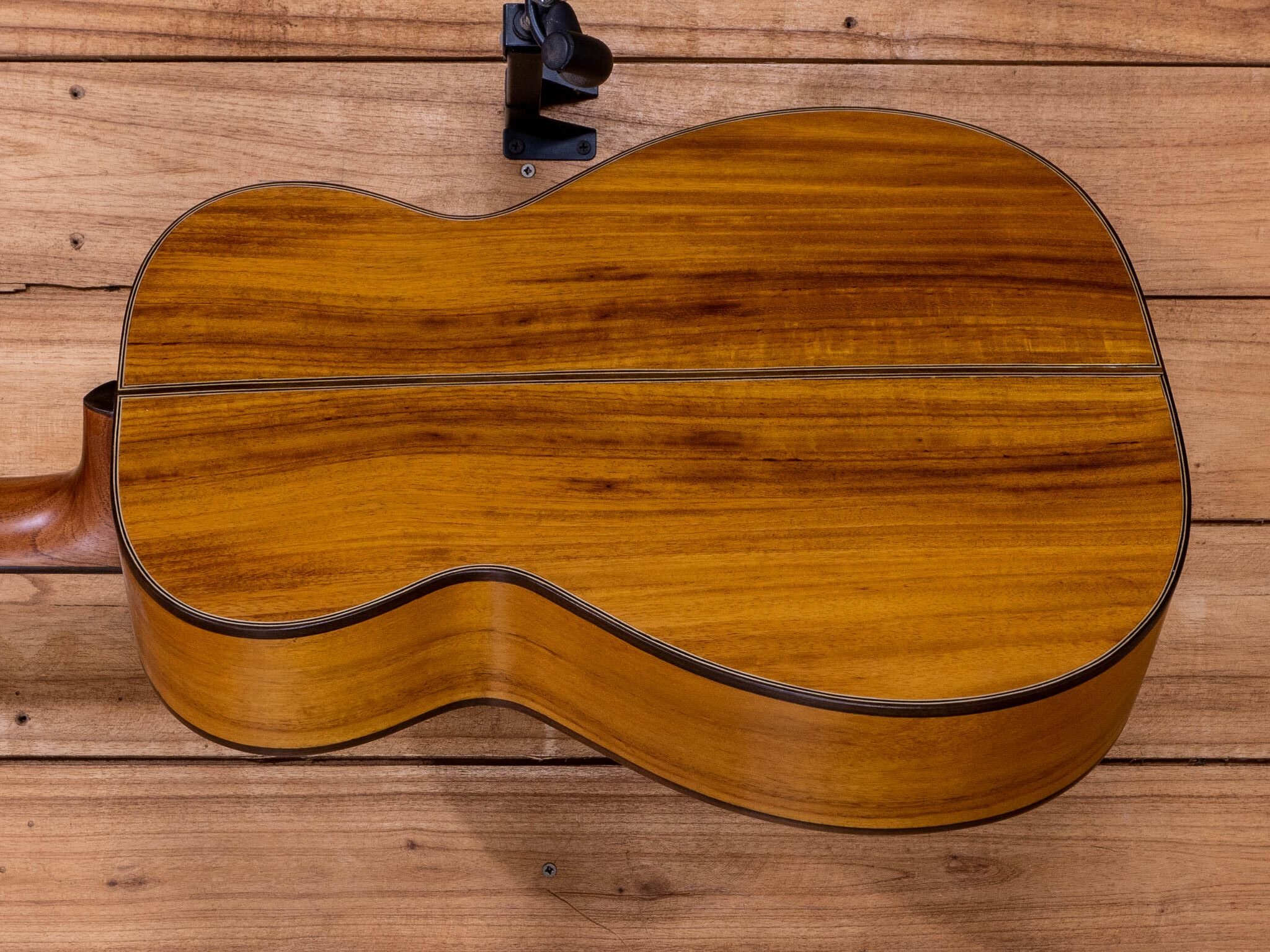
In terms of appearance, jackfruit wood boasts an attractive grain pattern with shades ranging from pale yellow to reddish-brown. This unique coloration lends a warm and inviting feel to any piece of furniture crafted from it.
Craftsmen appreciate working with jackfruit wood due to its relatively easy shape and carving. It can be easily cut into intricate designs or carved precisely without compromising its integrity.
Moreover, utilizing jackfruit wood for your furniture projects provides an eco-friendly alternative to traditional lumber sources. By opting for this sustainable resource instead of contributing to deforestation, you promote environmental conservation while still enjoying beautiful and durable furnishings.
Whether you’re an experienced craftsman or simply passionate about woodworking, consider incorporating jackfruit wood into your next project. Its exceptional qualities make it well-suited for creating stunning furniture pieces that will impress aesthetically and functionally.
3. Cotton Fruit (Santol)
Santol, also known as Cotton Fruit, not only produces delicious fruits but also offers unique and aromatic wood that is ideal for furniture and inside walls. The wood of the santol tree is light to medium brown with subtle variations in tone, making it visually appealing for various woodworking projects.
In terms of appearance, santol wood exhibits a fine texture with relatively straight grain patterns. This makes it easy to work with and allows for intricate designs and detailing in furniture pieces. Whether you’re crafting tables, cabinets, or chairs, santol wood will lend an elegant touch to your creations.
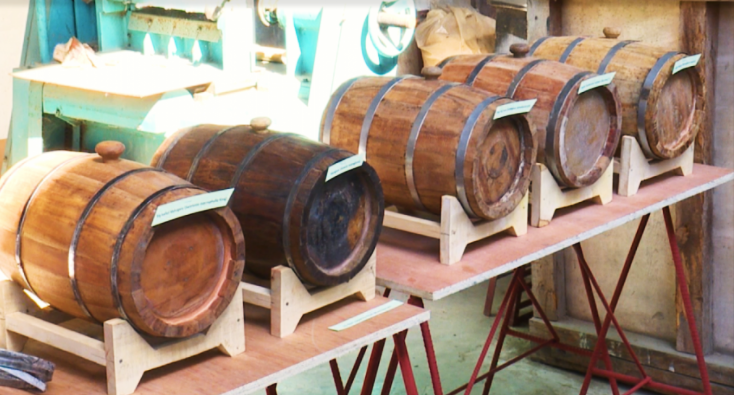
One of the standout qualities of Santol wood is its delightful aroma. When cut or sanded, the fragrance emitted by this type of fruitwood adds a pleasant scent to any room where it is used. Imagine having furniture or interior paneling that looks beautiful and fills your space with natural perfume.
Whether you aim for rustic charm or modern sophistication in your home decor, utilizing santol wood can bring warmth and character into your living spaces. With its distinct coloration and enticing scent, this fruit tree’s lumber offers an excellent choice for those seeking something unique and environmentally friendly.
4. Rambutan
With its vibrant and spiky exterior, Rambutan is not just known for its juicy and delicious fruit. This tropical tree also provides high-quality wood that can be used for various purposes. The wood of the rambutan tree has a beautiful reddish-brown color, making it visually appealing for furniture, carvings, and other small wood projects.
When it comes to furniture-making, rambutan wood shines. Its unique color adds warmth and elegance to any piece of furniture. From tables to chairs, cabinets to bed frames, rambutan wood can create stunning pieces that are functional and aesthetically pleasing.
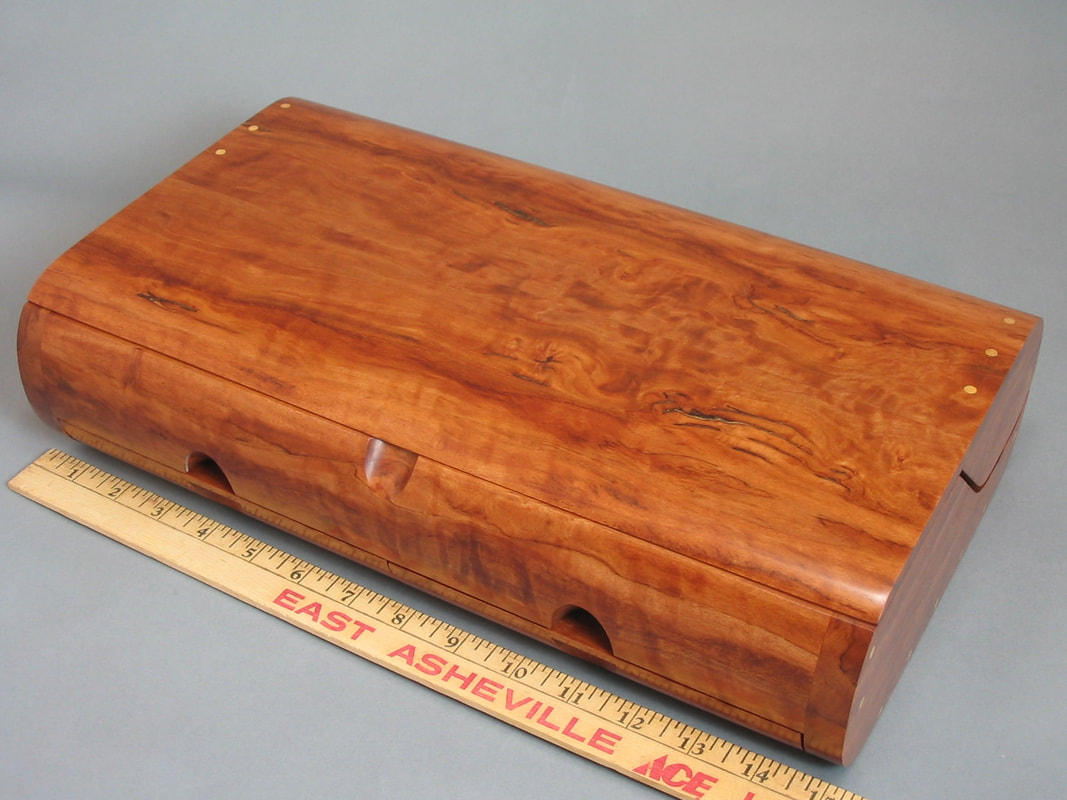
Carving enthusiasts will also appreciate the qualities of rambutan wood. Its density allows for intricate details in carvings without sacrificing durability. Whether you’re creating figurines or decorative ornaments, this wood provides a solid foundation for your artistic endeavors.
Rambutan wood is suitable for smaller woodworking projects as well as furniture and carvings. It can be used to make jewelry boxes, cutting boards, and coasters—the possibilities are endless!
With its versatility and eye-catching appearance, rambutan timber deserves recognition beyond just being a tasty treat. So next time you enjoy a bowl of sweet rambutan fruits, remember that their tree holds potential as an excellent source of lumber, too!
5. Guava (Bayabas)
Guava trees are known for their delicious and nutritious fruits and the high-quality wood they provide. The wood of a guava tree has a beautiful light brown color with subtle variations in tone. It has a smooth texture and fine grain, making it ideal for different woodworking projects.
One of the main advantages of guava wood is its hardness. It is classified as a hardwood, which is strong and durable. This makes it perfect for handles of tools like hammers and axes, where strength is essential. Guava wood is often used to make chopping boards because of its natural resistance to moisture and bacteria.
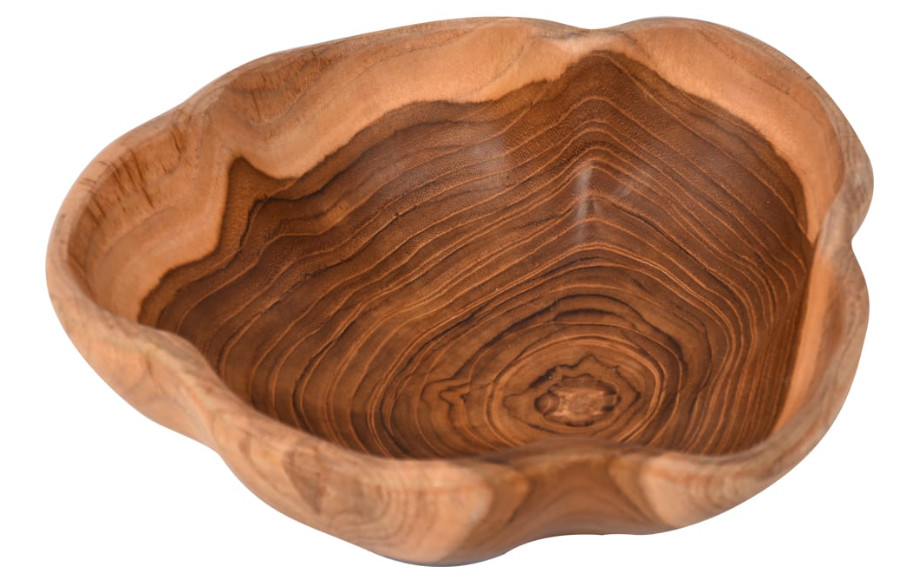
But that’s not all! Guava wood can also be used in carving projects due to its excellent workability. Its fine grain allows intricate designs to be easily carved into the surface, making it suitable for creating decorative items like figurines or ornamental panels.
Whether you’re looking to create sturdy tool handles or unique carvings, guava wood offers versatility and aesthetic appeal. By utilizing this sustainable resource from your backyard or local orchard, you can contribute to environmental preservation and artistic craftsmanship without compromising quality. So, next time you enjoy a juicy slice of guava fruit, remember there’s much more this tree has to offer!
6. Mango (Mangga)
Mango trees, known for their delicious and juicy fruits, also provide high-quality wood that is versatile and durable. The wood of the mango tree has a beautiful light to medium brown color with streaks of darker grain running through it, giving it a unique and attractive appearance.
In terms of hardness, mango wood is somewhere in the middle—not too hard but not too soft either. This makes it ideal for woodworking projects, including making wooden pallets and light construction items like shelves or small furniture pieces.
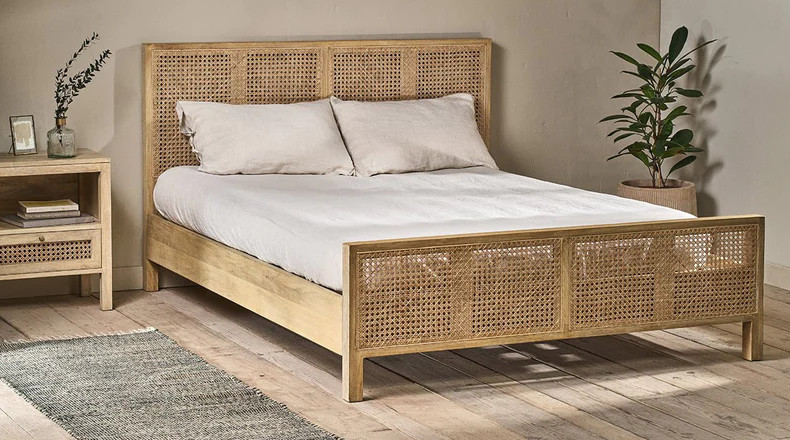
Mango wood is particularly beneficial for making wooden pallets due to its strength and stability. These pallets are commonly used in transportation and warehousing industries as they can safely support heavy loads without breaking or warping.
In addition to its functional uses, mango wood also offers aesthetic appeal. It can be polished to bring out its natural luster or stained to achieve different finishes according to personal preference.
Whether you’re looking for a material suitable for practical applications or want to add a touch of warmth and elegance to your home decor, mango wood, with its versatility and beauty, is an excellent choice.
7. Governor’s Plum (Sirali)
Governor’s Plum, also known as sirali, is a fruit tree native to the Philippines that not only bears delicious fruits but also provides high-quality wood. The wood of Governor’s Plum has a beautiful color and appearance, making it ideal for various woodworking projects.
In terms of hardness, Governor’s Plum wood ranks among the best. Its density and durability make it perfect for tool handles and chopping boards. Woodworkers appreciate its strength because it ensures longevity and reliability in their creations.
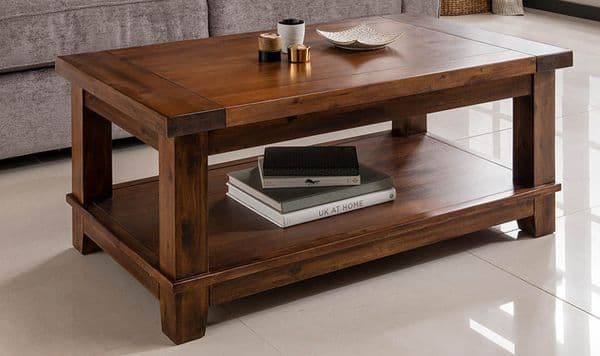
One interesting use for Governor’s Plum wood is making trompos, traditional spinning tops commonly played by children in the Philippines. The wood’s hardness allows the top to withstand intense spinning without breaking or warping.
Aside from being functional, using Governor’s Plum wood adds an aesthetic appeal to your woodworking projects. It showcases a rich color with unique grain patterns that enhance visual interest.
Whether you’re creating furniture or small wooden crafts, Governor’s Plum offers versatility and quality that will surely impress. Its strength, beauty, and functionality make it a prized choice for many craftsmen.
8. Camachile (Manila Tamarind)
Camachile, also known as Manila Tamarind in the Philippines, is known for its tangy fruit and high-quality wood. The wood of the camachile tree has a distinct reddish-brown color that adds warmth and character to furniture and construction projects.
Regarding appearance, camachile wood has a delicate grain pattern that gives it a smooth and polished look when adequately finished. It showcases beautiful natural variations in color, ranging from light reddish-brown to deep chocolate-brown tones.
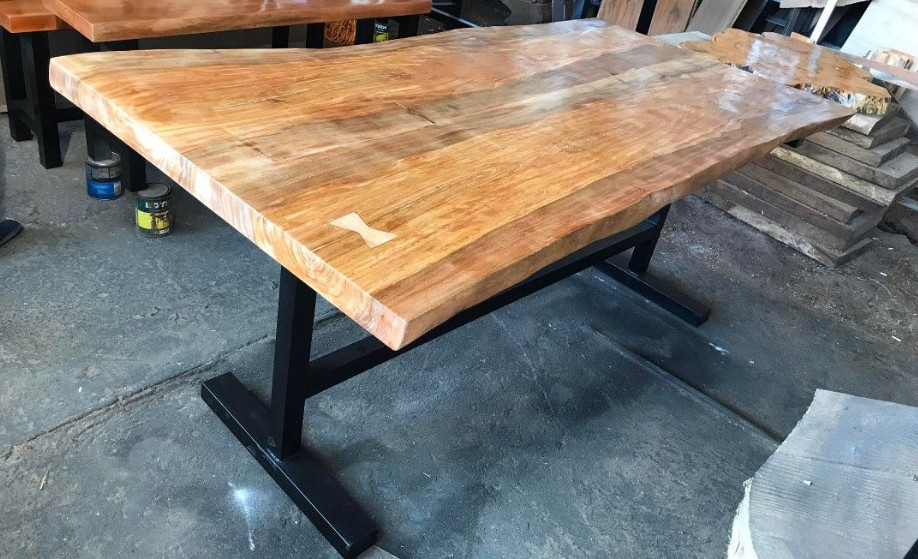
Apart from its aesthetics, camachile wood is highly valued for its hardness. This makes it durable and resistant to wear and tear, making it suitable for indoor and outdoor use. Its strength allows it to withstand heavy usage without easily scratching or denting.
Due to these qualities, camachile wood has a wide application in furniture-making. It can be crafted into stunning dining tables, chairs, cabinets, bed frames, and more. Its durability makes it an excellent choice for construction purposes such as flooring or decking material.
Whether you’re looking to enhance your home’s interior with elegant furniture pieces or embarking on a construction project that requires sturdy materials – camachile wood should be on your radar.
9. Durian
Durian, known for its pungent smell and distinctive taste, is prized for its fruit and high-quality wood. The wood of the durian tree is known for its durability and strength, making it a popular choice in construction.
The color of durian wood can vary from light yellow to reddish-brown, adding warmth and richness to any project. Its natural grain patterns make it visually appealing and suitable for various applications in furniture-making and woodworking.

Durian wood is in the medium to complex hardness range, making it suitable for construction projects where strength and stability are essential.
One advantage of using durian wood in construction is its resistance to decay and termite damage. This makes it a reliable option for outdoor structures or areas prone to moisture exposure.
While durian wood may not be as commonly used as other fruitwood varieties, its unique characteristics make it an excellent choice if you’re looking for a durable and visually appealing material for your construction projects.
10. Antipolo (Tipolo)
Antipolo, or just “Tipolo,” is known for its delicious fruits and seeds, which are used in cooking. It also provides high-quality wood perfect for light construction projects. The wood from the Antipolo tree is fast-growing and beautiful, making it an excellent choice for various woodworking applications.
The wood of the Antipolo tree is known for its durability and strength, which makes it ideal for use in light construction projects such as building small structures or creating outdoor furniture. Its natural resistance to decay ensures that any structure made with this wood will stand the test of time.
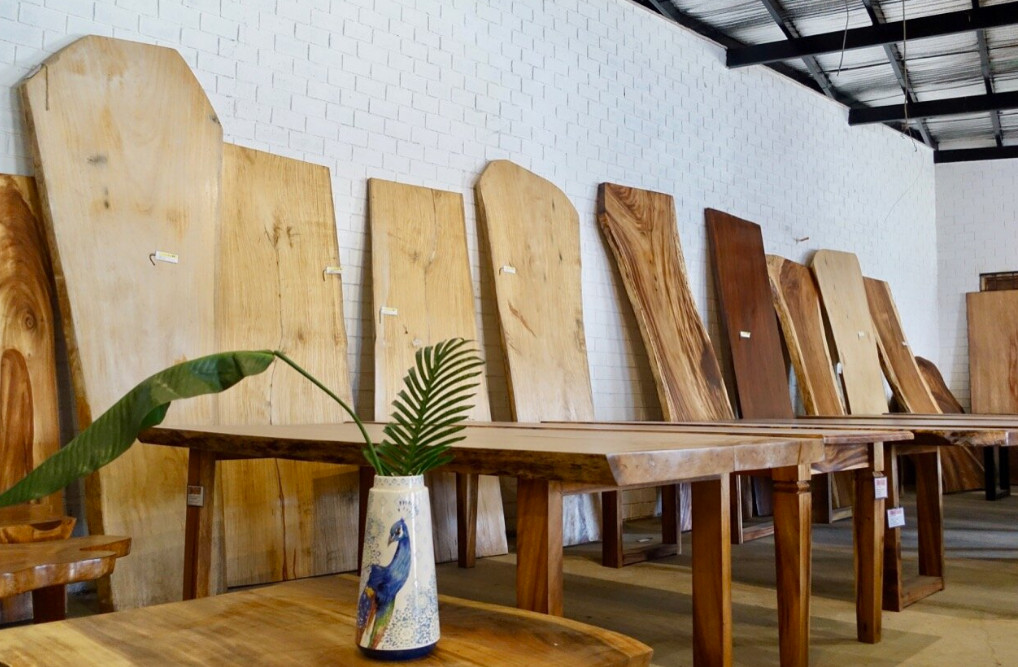
Not only is Antipolo wood practical and reliable, but it also has a unique aesthetic appeal. The wood’s color ranges from reddish-brown to dark brown, adding warmth and character to any project. Whether constructing a gazebo or designing garden benches, Antipolo wood will add a touch of natural beauty to your creations.
One of the advantages of using Antipolo wood in light construction is its availability. These trees are abundant in many areas and can be easily propagated through seeds or cuttings. This means you can have a sustainable source of lumber right in your backyard!
Furthermore, planting Antipolo trees near your house provides high-quality lumber, offers shade during hot summer days, and provides fresh fruits when in season. It’s truly a win-win situation!
Consider using Antipolo wood if you’re looking for fast-growing hardwood suitable for light construction projects. Its strength, durability, and beautiful appearance make it an excellent choice for building various structures or creating unique outdoor furniture.
Advantages of Fruitwood
- One of the significant advantages of fruitwood is its double purpose as a source of delicious fruits and high-quality lumber. Unlike other types of trees, fruit trees offer the unique benefit of providing food and materials for various woodworking projects. This makes them incredibly versatile and valuable assets in your garden or backyard.
- Another advantage of fruitwood is that it tends to be fast-growing compared to traditional lumber and forest trees. This means you won’t have to wait decades before harvesting usable wood from these trees. With proper care and maintenance, you can enjoy the benefits of their timber relatively quickly.
- Additionally, fruit trees are easy to propagate and multiply, making it convenient to expand your supply of lumber over time. Planting more saplings or propagating cuttings can ensure a steady stream of wood for future projects without depleting natural forests.
- What’s excellent about fruit trees is that they can be planted anywhere, especially near your house. You don’t need vast tracts of land or access to remote forests; you only need space in your backyard or even pots if you prefer container gardening. This accessibility makes them an excellent choice for homeowners who want the convenience and sustainability offered by homegrown lumber.
- Growing fruitwood doesn’t require clearing large areas, which is reminiscent of traditional logging practices. Since they can thrive in smaller spaces like urban gardens or even balconies, there’s no need to contribute to further deforestation by relying solely on commercial timber sources.
Fruitwood Sustainability
One of the most significant advantages of fruit trees is their sustainability. Unlike traditional lumber and forest trees, fruit trees can be planted anywhere – in your backyard, along the streets, or even in pots on your balcony. They don’t need vast expanses of land to grow, making them accessible to anyone who wants to cultivate their source of wood.
Not only do these trees provide high-quality wood for various purposes, but they also bear delicious fruits that can nourish both body and soul. It’s a double win! You get tasty treats and sustainable lumber all from one tree.
Managing fruit trees is relatively easy compared to other types of plants. With proper care and attention, they thrive without much effort. Plus, most fruit tree varieties are fast-growing, meaning you won’t have to wait too long before harvesting their bounty.
By planting fruit trees around our homes and communities, we contribute to our self-sufficiency and promote environmental sustainability. We reduce our carbon footprint by sourcing locally grown materials instead of relying solely on imported or harvested timber from forests.
The Bottom Line
Fruit trees are a source of delicious fruits and provide high-quality wood and lumber. Known as fruitwood, these trees offer a sustainable solution for food and construction needs. In the Philippines, several fruit trees have proven to be excellent choices for their attractive wood and versatile uses.
From the durable Molave with its rich color and hardness to the robust Jackfruit ideal for furniture making, each fruit tree offers unique characteristics that make them valuable in woodworking projects. Santol provides aromatic wood perfect for furniture and interior walling, while Rambutan offers a distinct appearance suitable for carvings. Guava’s hardwood is often used in handles and carving projects, while Mango finds its place in wooden pallets and light construction.
One significant advantage of fruitwood is its double-purpose nature; these trees not only bear delicious fruits but also provide quality lumber without relying on forests alone. Fruit trees are known to be fast-growing compared to traditional lumber or forest trees, which take years to reach maturity. Additionally, they can be easily propagated through seeds or cuttings.
Furthermore, managing fruit trees requires less effort than maintaining large-scale forests dedicated solely to timber production. They can fit seamlessly into existing landscapes without extensively disrupting ecosystems.
See Also:
- Wooden Beehive vs. Plastic Beehive Pros and Cons
- Hog Water Nipples: Types, Pros, Cons, and Alternatives
- Honey Extractor Pros and Cons
- Can DIY Chicken Feeders Save You Money?
- Why Every Animal Farmer Should Buy a Pelletizer Machine
